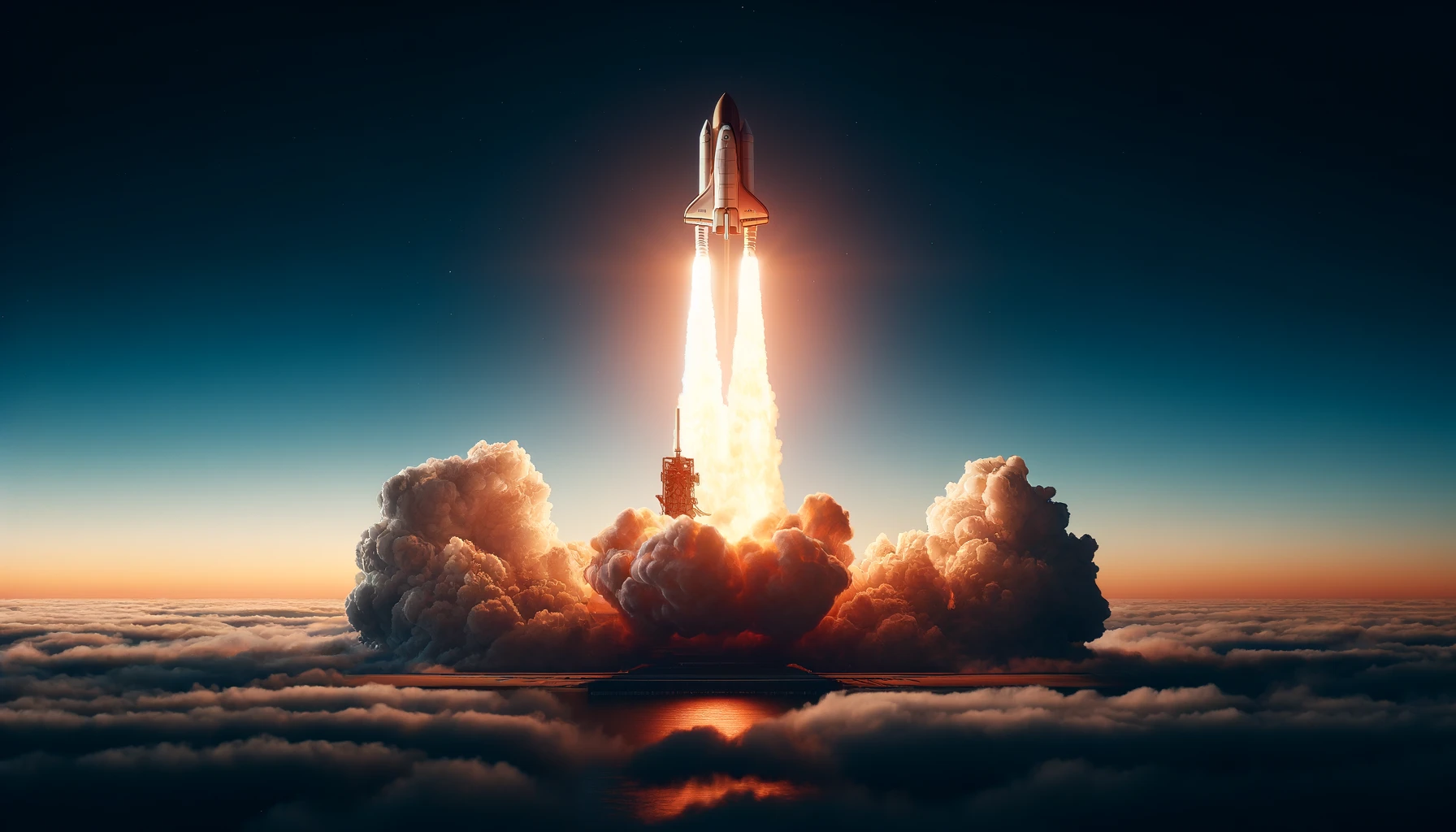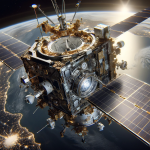In the innovative realms of space exploration and simulation, preparations for the next series of moonwalk simulations are making substantial progress, with activities extending underwater to mimic the lunar environment. This groundbreaking method leverages aquatic settings to replicate low-gravity conditions, providing astronauts with a realistic and practical realm to hone their skills. These simulations are part of a broader initiative to ensure that forthcoming extraterrestrial missions are as safe and effective as possible, incorporating advanced technology and rigorous training regimens.
Looking back at previous endeavors in space simulation reveals a pattern of continuous improvement and adaptation. Initially focusing on basic environmental mimicry, these simulations have evolved into complex scenarios that incorporate both virtual reality and physical simulations in environments like underwater labs. This progression underscores a growing sophistication in the methodologies used to prepare astronauts for the demands of space travel, blending cutting-edge technology with practical, scenario-based training.
How Has Technology Enhanced Training?
Today, technology plays a pivotal role in astronaut training, particularly through the development of virtual reality (VR) systems and other simulation-based platforms. These technologies create immersive, controllable environments where astronauts can experience the challenges of space missions first-hand, from equipment malfunctions to unexpected changes in the environment. The integration of VR in training protocols allows for a high degree of realism and adaptability, preparing astronauts for a wide range of scenarios they might encounter in space.
What Role Does Underwater Training Play?
Underwater training is crucial as it simulates the reduced gravity astronauts will experience on the moon and other celestial bodies. By conducting tasks in a buoyant, controlled aquatic environment, astronauts can practice complex maneuvers and procedures that would be difficult or impossible to replicate under Earth’s gravity. This form of simulation is not only cost-effective but also highly effective in mimicking the spatial and physical challenges posed by extraterrestrial environments.
Why Focus on Continuous Improvement?
The emphasis on continuous improvement in simulation training is driven by the variable and high-risk nature of space missions. Each mission presents unique challenges and unknowns, requiring a training regimen that is both flexible and comprehensive. By consistently refining simulation techniques and incorporating the latest technological advancements, training programs can stay ahead of these challenges, ensuring that astronauts are well-prepared for any situation they might face.
Related to advancements in astronaut training, recent studies highlighted by sources like Nature and the Journal of Spacecraft and Rockets explore the psychological and physical impacts of long-duration space missions. These studies provide insights into astronaut health and operational capacity, suggesting enhancements to training protocols that could mitigate risks associated with extended time in space.
Insights from Current Studies
The Journal of Spacecraft and Rockets recently discussed innovations in spacecraft design that could influence training programs. The studies suggest a direct correlation between spacecraft ergonomics and crew efficiency, pointing towards more integrated training approaches that include habitat simulations. These findings underscore the importance of preparing astronauts not just physically but also psychologically for the rigors of space travel.
In conclusion, as space missions become more complex and ambitious, the methodologies used to prepare astronauts must evolve accordingly. The shift towards more immersive, realistic, and technology-driven training regimes reflects a proactive approach to dealing with the challenges of space exploration. By understanding and integrating these advancements, future missions can benefit from a workforce that is robustly prepared, highly skilled, and adaptable to the dynamic conditions of space.










